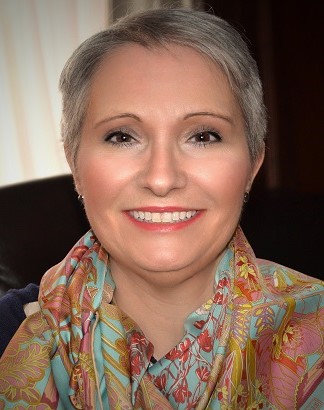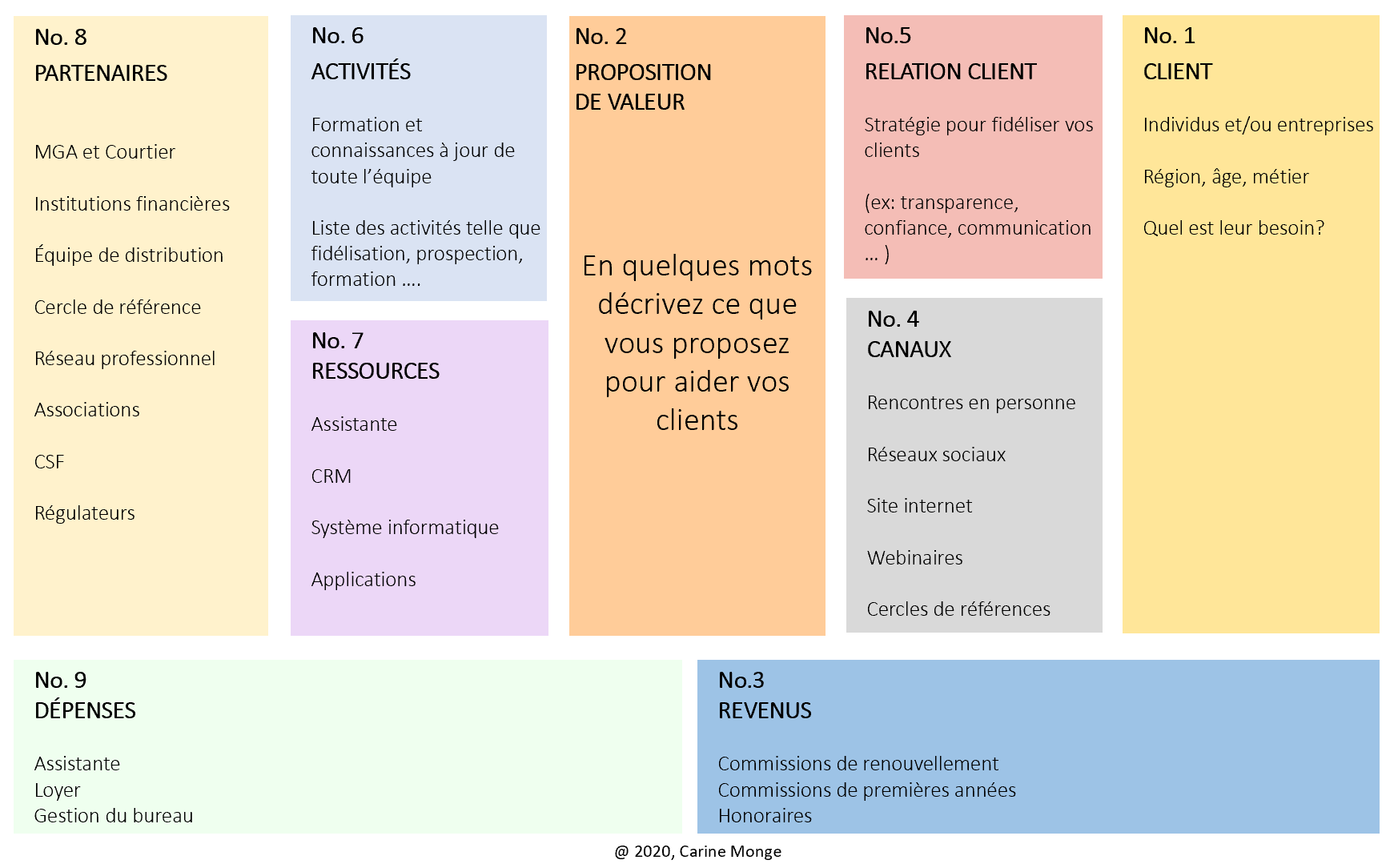How the business model canvas can help you present and manage your practice


Carine Monge, LL.L, LL.B, MBA, Director of Operations, Corporation de services du Barreau du Québec
In 2013-2014, I had the chance to pursue an Executive MBA at McGill University-HEC. For our final project, we had to do something related to our work. As an independent financial planner, financial security advisor and mutual fund representative, I had been asking myself if it was time for me to acquire a new block of business. Therefore, I decided to focus my final project on the topic of succession planning for independent financial advisors. I never ended up acquiring a block of business afterwards, as I accepted a position at a financial institution. Nonetheless, the issue of succession planning for advisors continued to be of great interest to me and I had the chance to discuss the topic with dozens of advisors.
I decided to share some of my findings and conclusions with you in a series of articles.
Far be it from me to present myself as an expert on the topic, but I hope some of you will find these articles useful.
Whether you work in finance or the manufacturing sector, each case is unique. However, everyone should have a value proposition targeting a certain type of client, a means of interacting with these clients, as well as activities, tools and partners that will enable you to do a good job, the ultimate goal being to offer the best possible service to clients at all times while making a profit. It’s important to remember that an advisor’s practice is essentially a business. Even salaried professionals are often called upon to act as entrepreneurs.
When we did the Value Creation Module for our Executive MBA, we learned how to represent all these important aspects on the Business Model Canvas, a template developed by strategist Alexandre Osterwalder and professor Yves Pigneur. Here’s what the Business Model Canvas might look like for a financial advisor (In French):


The canvas, which contains nine “building blocks”, may be used for a variety of purposes: for example, to analyze, structure or present a business, to guide discussions, to identify risks or to establish an acquisition or sale strategy.
If you’d like to create your own Business Model Canvas for your practice, here are some resources that can help you along (in French):
- Laval University: https://www.el.ulaval.ca/outils/modele
- MAPAQ (Quebec Ministry of Agriculture, Fisheries and Food): https://www.mapaq.gouv.qc.ca/fr/Publications/Canevas_modeleaffaire.pdf
- Business Model Generation: A Handbook for Visionaries, Game Changers, and Challengers by Alexander Osterwalder and Yves Pigneur
One last tip! Start by creating a first draft of your Business Model Canvas. Then present it to your team (and if possible, to some of your best clients) and get their feedback.
In my next article, I’ll focus on the SWOT (Strengths, Weaknesses, Opportunities and Threats) Analysis.
Read also
PRESS RELEASE
MAIN FEATURE
Taking up residence outside the country for varying periods of time is a project that attracts many people. In Canada, some 900,000 snowbirds spend several months in the southern United States every year. What's more, the choice of destinations and the reasons for doing so, whether personal or professional, have diversified. This dossier is packed with tips and best practices to guide advisors and their clients in their preparations. Financial challenges and tax obligations are among the topics covered.